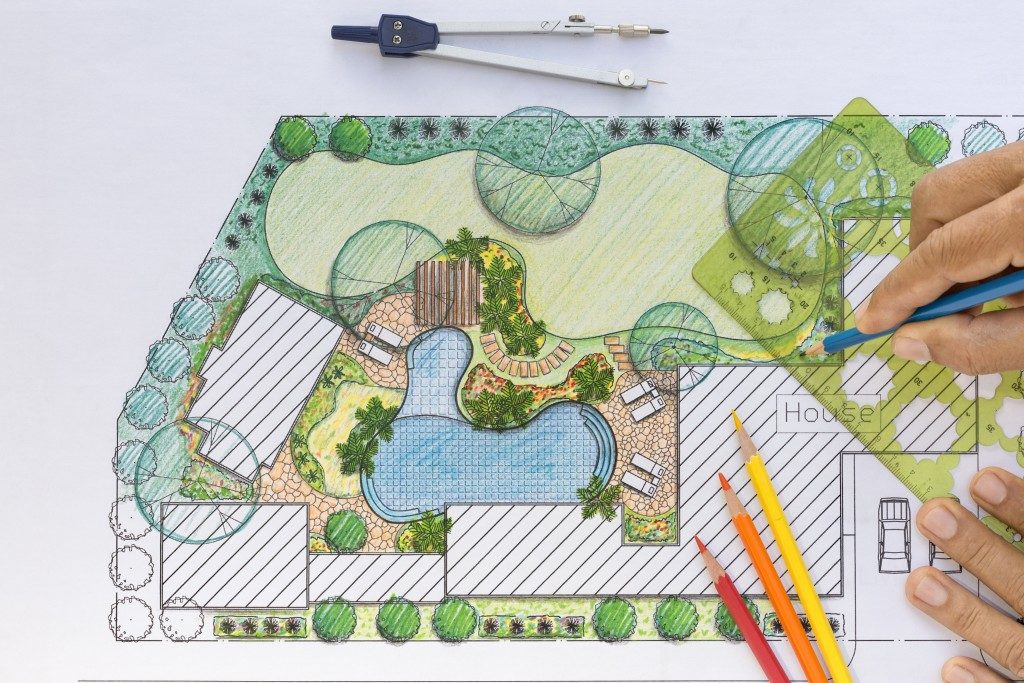Many homeowners will undertake an extensive landscaping project at some point; they may wish to improve the value of their property or simply increase their sense of enjoyment while living there. You can easily imagine such a project growing in scale, to the point where homeowners call in a professional Utah land surveyor to make sure they are still operating within their boundaries. But before getting carried away, every homeowner may wish to consider if their new landscape is sustainable.
Smart use of water
When you listen to people talking about sustainability in the big picture, the inputs of a system are always discussed along with the waste. For example, businesses discussing a reduction in carbon emissions will also consider ways to lower fuel consumption. Yet when it comes to landscaping, many homeowners can overlook one of the biggest inputs to maintaining their property. Water usage in yards and gardens can account for up to 30% of average household consumption.
There’s no question that a beautiful landscape brings many intangible benefits to your daily living, chief among them being a heightened sense of well-being. But maintaining a healthy, green outdoor space around your home doesn’t have to require so much water with the right practices for water-efficient landscaping. Selective application of turf patches while leaving areas to be filled with drought-resistant plants native to the Wasatch Front will reduce the demand for water. The right amount and type of mulch can be a great aid in preventing evaporation and retaining water in the soil. Smart irrigation systems adjust to the amount and availability of local rainfall and allow you to conserve water by only applying it as needed.
Proper soil management
Creating a lush and thriving green landscape can be quite different from something like interior design, where you can envision a look and make the corresponding purchases to recreate that aesthetic within the home. Sustainable landscape maintenance is a truly organic process; the elements and existing conditions can play a significant part in shaping the outcome.
Good soil management is the homeowner’s best tool in making conditions as favorable as possible to grow the sort of garden they have in mind. Along with the right amount of moisture content, a healthy soil must be well-aerated and contain essential nutrients and microbes for plants to grow. Composting is a way to regularly dispose of household plant debris while injecting beneficial organic matter into the soil. Every homeowner would also do well to advise guests to keep off the grass; constant pressure will compact the soil and effectively suffocate plants. Neglecting such practices results in a continued dependency on fertilizers and third-party experts to help maintain the soil, which isn’t sustainable in the long run.
Growing plants with purpose

Your idea of a dream garden probably doesn’t involve letting random plants grow wild. Choosing which plants to grow based chiefly on factors such as appearance or function can certainly fit with sustainable practices; homeowners just have to be strategic in making their choices. For instance, some of the fastest-growing, high-yield home garden vegetables such as tomatoes or eggplants can rapidly deplete soil nutrients; alternating or growing cover crops will help restore nutrients to the soil. Showy flowering plants can be complemented by wildflowers and native plants, which help to attract pollinators. Mixing in such elements can ensure that the new landscape gives back to the environment.
By paying attention to these aspects, any homeowner can take effective measures towards sustainability as they go about a new landscaping project.




